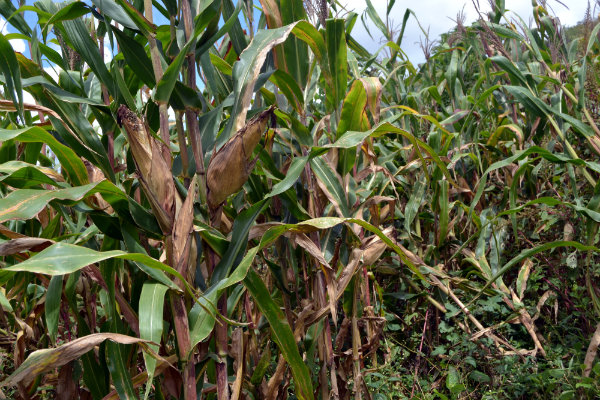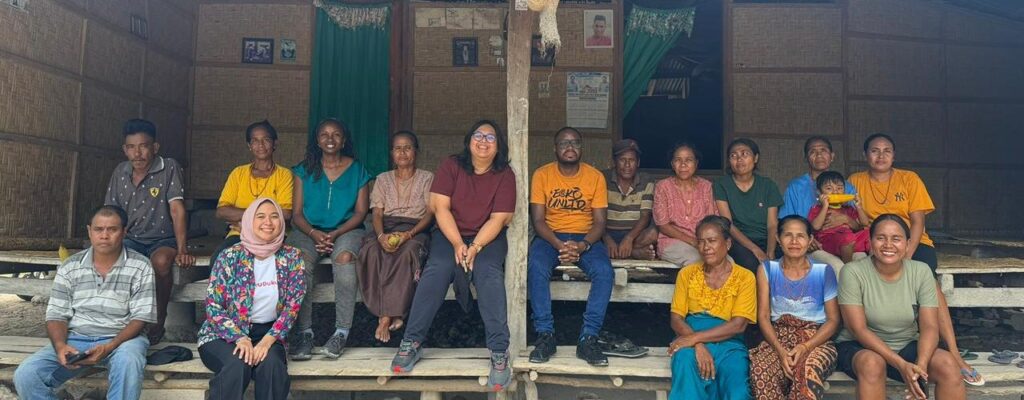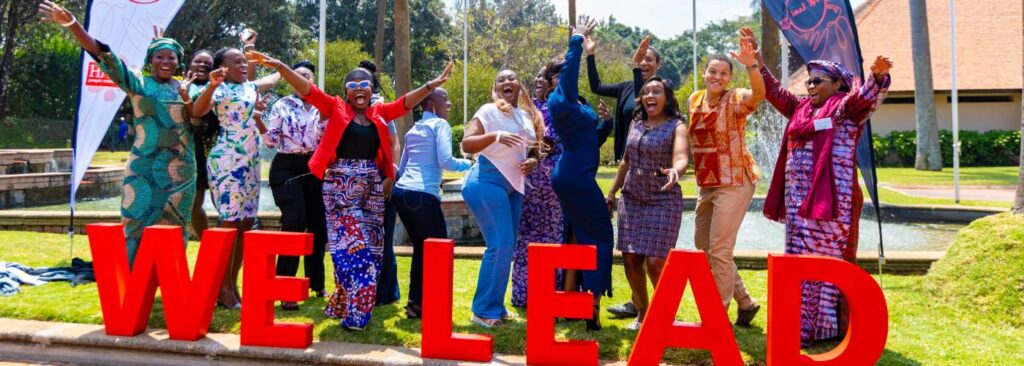Zambia’s 2019 crop forecast report has revealed a decline in maize output from 2.4million tons from the previous season to 2,004,389 tons this year, representing a decline of 16 percent.
According to Minister of Agriculture, the decline is due to poor rainfall that has resulted into poor crop yield in most parts of the country. The worst affected parts are Lusaka, Western and Southern provinces, and because of the severe drought that has affected the said areas, the Ministry of Agriculture has cancelled the 2019 Agricultural shows in these areas.
Predominately, Zambia is a highly mono-crop country and solely dependent on maize as a staple food. Small and medium scale farmers who are the majority in the production of maize depend on rain-fed agriculture for their activities.
The main cropping season across Zambia started with a late onset of rains that resulted in reduced planted area in some of the key maize growing areas for the country. This was followed by several of long dry spells that negatively affected crop development, the latest and most damaging of which lasted 4-to-6 weeks across many central and western areas.
The high producing area of southern Zambia was at the epicenter of this 6-week dry spell. Analysis of data from Zambia’s Meteorological department indicates that several districts in southern Zambia are currently experiencing their driest season since at least 1981. These include districts that are typically among the five highest producing districts in the country (out of 75 districts).
Given the high capital investment required for farming, the severity of crop loss experienced this year can impact the capacity of these high-producing farmers to farm in the 2019/20 season, without targeted assistance.
In addition to the direct impacts on farming, there are reports of dams running dry and significantly decreased ground water levels with implications not just for crops but also for livestock and water security.
In normal years, Zambia is a surplus maize producer and an important regional exporter. Following impacts from drought, national maize production is expected to be below average for the second consecutive year.
While production and carry-over stock may be sufficient to meet domestic markets, regional export potential will most likely be affected. The crop situation, together with currency depreciation, corroborates the price increases.
The challenge
According to the Intergovernmental Panel on Climate Change (IPCC) report, it is estimated that globally, climate change will reduce agricultural production by 2% every decade while demand will increase by 14% every decade until 2050. Yields of major crops will face an average decline of 8% for Africa and South Asia by 2050.
One of the main challenges that farmers have in the context of climate change is its unpredictability. Farmers can no longer rely on the timing of seasons and availability of rainfall to see them through the year.
Changing the course, a perspective of the Sustainable Diets Program
The answer to changing what’s in the IPCC report, using agricultural biodiversity in the fight against climate change is about building climate smart systems – responding to variety with variety.
Diversity can help farmers mitigate, adapt and ensure food and nutrition security, by providing them with more options to manage climatic risks and strengthen the resilience of their farms and surrounding landscapes.
“To do this, we carry out research at the genetic, species and landscape level. The current crop failure in Zambia means that this year, these farmers are food insecure,” said William Chilufya, Advocacy Manager for the Sustainable Diets for All Program at Hivos Southern Africa.
The concept of food security is complex
It involves not only the production and processing of nutritious food, but also access by individuals to the full range of nutrients needed to maintain an active and healthy life.
“Crop diversity is central to food security. It underpins today’s production and provides the raw material needed for ensuring continuing supplies tomorrow, in the face of a rapidly changing world,” Mr Chilufya says.
The fight to achieve food security and end hunger is one of the greatest challenges facing Zambia and the world as a whole.
For Hivos, the answer to this challenge is crop diversity.
Rising populations, diminishing resources and deteriorating environments only raise the stakes. A greater diversity of genetic resources in ‘genebanks’, available to all through an efficient, global, ex situ conservation system, helps to ensure a secure food supply at more stable prices.
It provides the raw genetic material to breed for a more nutritious and varied food supply and increases the access of the poor to more affordable and healthier food to fight malnutrition.
For Hivos, unless farming practices adopt diversity as a guiding principle, there will not be a sustainable future food supply.
“Governments therefore need to reshape agricultural policies to encourage biodiversity and sustainable use of farmlands,” he says
Hivos believes that investing in crop diversity will bring about food and nutrition sustainability.




